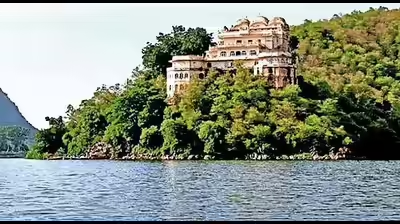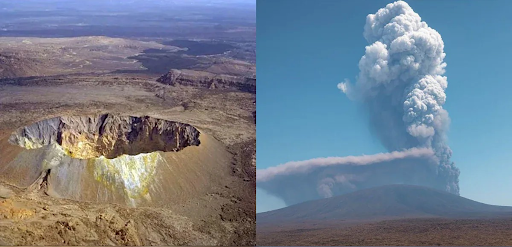Description

Disclaimer: Copyright infringement not intended.
Context: A 15-year-old bridge over the Gandaki River collapsed in Bihar's Saran district on 4 July, A PIL has been filed in the Supreme Court seeking directions to the Bihar government to undertake a structural audit.
Details
About the River
Origin
- The river Gandak originates from the north of Dhaulagisi in Tibet near Nepal border.
- It is formed by the union of the Kali and Trisuli rivers, which rise in the Great Himalayan Range in Nepal.
- The river Gandak, is also known as the Gandaki and Narayani River in Nepal, a left bank tributary of the Ganges in India.
- The entry point of the river at the Indo–Nepal border is also the confluence called Triveni with rivers Pachnad and Sonha descending from Nepal.
Length
- The river stretches over a length of 630 kilometers, with 445 kilometers running through India and 185 kilometers in Nepal.
Drainage Basin
- Total drainage basin area of 29,705 square kilometers.
- The river flows through the Indian states of Bihar and Uttar Pradesh, and joins the Ganges near Patna just downstream of Hajipur.
- The basin also contains three mountains over 8,000 m (26,000 ft), namely Dhaulagiri, Manaslu and Annapurna Massif. Dhaulagiri is the highest point of the Gandaki basin.

Major tributaries
- The major tributaries of the Gandak River include the Mayangadi, Bari, Trisuli, Panchand, Sarhad, Budhi Gandak.
- There are no tributaries in the Gandak River in Indian Part, only diversions.
National Parks
- On bank of Gandak River there is two national parks one is in Nepal-Chitwan national Park and second is in India-Bihar Valmikinagar National Park.
- These both parks are famous for Rhinoceros and Tiger.
National Waterway
- River Gandak (Narayani River) was declared as National Waterway (NW)-37 from Bhaisalotan Barrage to Gandak and Ganga river confluence at Hajipur along with 111 NWs in the country vide National Waterways Act, 2016.
Mythological Significance
- The river bed in Nepal side is also full of the shaligrama, (one type of stone which means Vishnu in hindumythology).
- The Gandaki River is mentioned in the ancient Sanskrit epic Mahabharata.
- Ammonite fossils collected from the bed of the Gandaki River at a place close to Saligrama or Muktinath ("place of salvation") in the Mustang district of Nepal are known as shaligrams or shilas and are considered aniconic representations of Vishnu.
Sources:
Livemint
|
PRACTICE QUESTION
Q. With reference to the Himalayan rivers joining the Ganga downstream of Prayagraj from West to East, which one of the following sequences is correct? (PYQ)
A. Ghaghara – Gomati – Gandak – Kosi
B. Gomati – Ghaghara – Gandak – Kosi
C. Ghaghara – Gomati – Kosi – Gandak
D. Gomati – Ghaghara – Kosi – Gandak
Answer A

|











